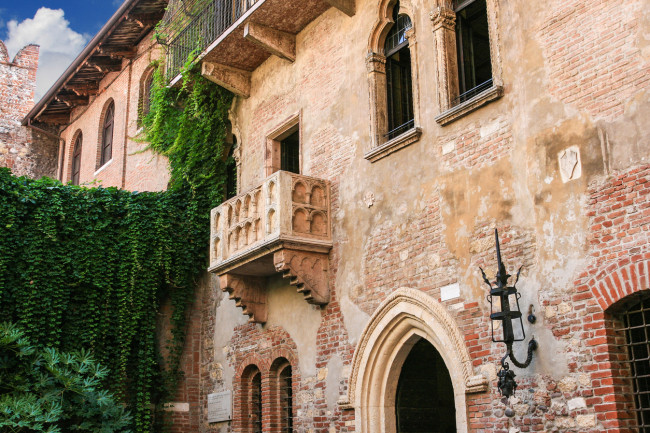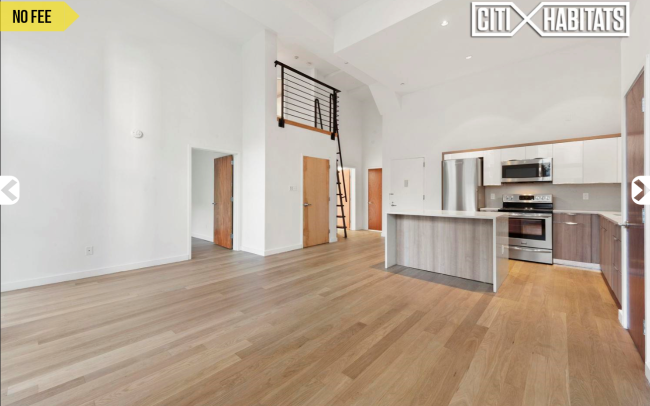What is a cantilever, and how does it feel to be high up with nothing underneath you?
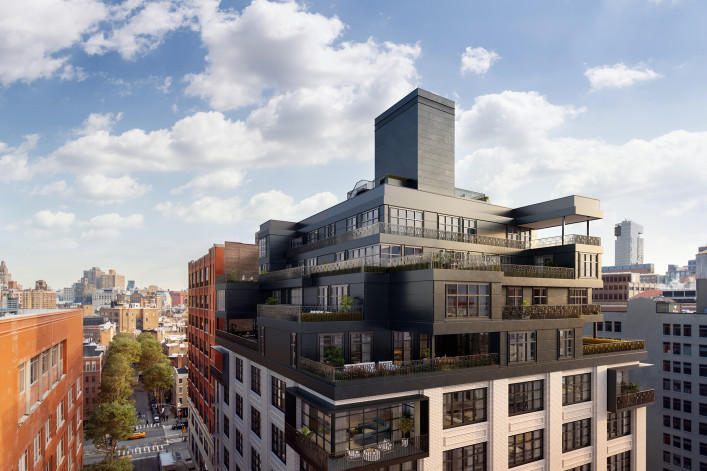
90 Morton is a conversion project in the West Village that added four new floors of cantilevered terraces.
Binyan by IF STUDIO
Tourists are the one usually looking up at the tops of buildings in New York City, but if you’ve ever noticed a building with an appendage that jutted out horizontally in a dramatic fashion—you were likely looking at a cantilever.
While the term applies to any sort of beam anchored at one end, with residential buildings, you typically find these used to create terraces and canopies. In New York City, these features allow buildings to do three important things: Maximize space, use buildable square footage when they can’t grow taller and add an exciting design element.
They can also create a sort of sheltered outdoor space, as is the case with 90 Morton in the West Village, a conversion of a former printing warehouse, which has four levels of new cantilevered terraces.
The cantilevered terraces “are actually the result of local building codes,” says architect Asaf Gottesman of GSArch. “While in most countries one is required to recess the entire floor as one goes higher, in the case of NYC there is a possibility of recessing only a part of the floor, creating the same effect but in a different way.
“In most cases in NYC architects have chosen to create the ‘wedding cake’ effect, with increasingly smaller dormers as one moves higher. We chose to address this code slightly differently in order to increase the size of our terraces, offer covered terraces and increase privacy between adjoining apartments. We placed the cantilever in such a way that they benefit from the most striking views; either towards the Empire State building or the Hudson River."
What does it feel like to be on one of these cantilevered terraces? After all, you’re not just up high, but thrust out over the city, with nothing under you.
Gottesman says, “the sense of perceived suspension is uplifting; offering a sense of flight.”
CORE broker Elizabeth Kee, who handled sales and marketing at 15 Renwick, which has multiple cantilevered spaces, also spoke in similar terms.
One of the four duplex penthouse had a cantilevered room with three exposures. “It feels like you are floating," Kee says. The room there feels very different, she says, but also very safe, thanks to its steel structure and enclose space.
When she was handling sales, the apartment was staged with a piano that appeared to be floating over the side of the building.
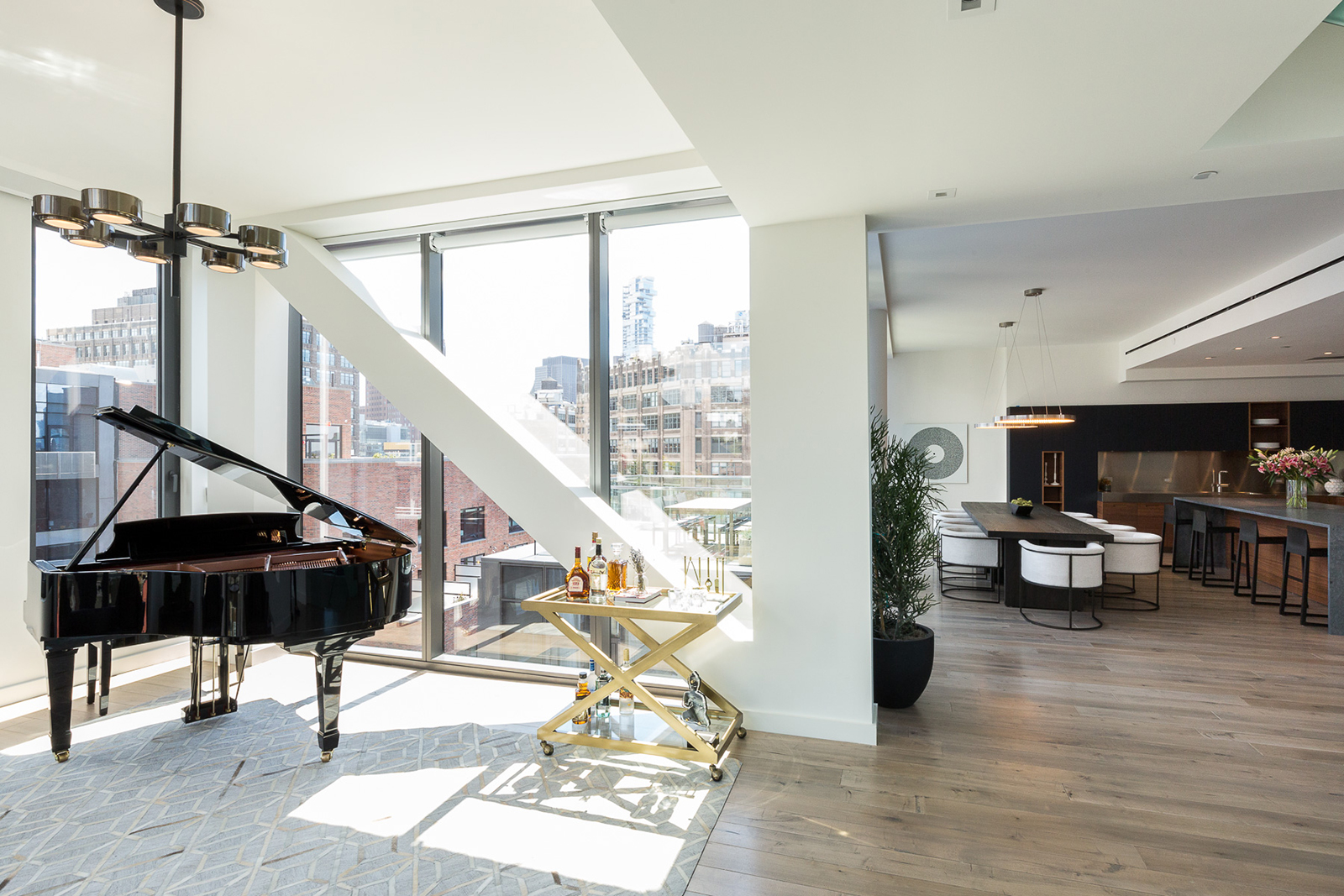
“It sealed the deal and the apartment sold right away,” she says. (It was asking $10.5 million, by the way.) The cantilevered design was "so unique, one of the coolest things I’ve seen in a building in a long time. It was my favorite part of the building.”
Of course, you can’t talk about modern cantilevered buildings in NYC without a hat tip to 56 Leonard, designed by Herzog and de Meuron. It’s known colloquially as the Jenga Tower, thanks to it’s many jutting cantilevers—some of them extend up to 35 feet out of the building, presenting a major design challenge. No two consecutive floor plates are the same and the deeper cantilevered floors required extra stabilization.
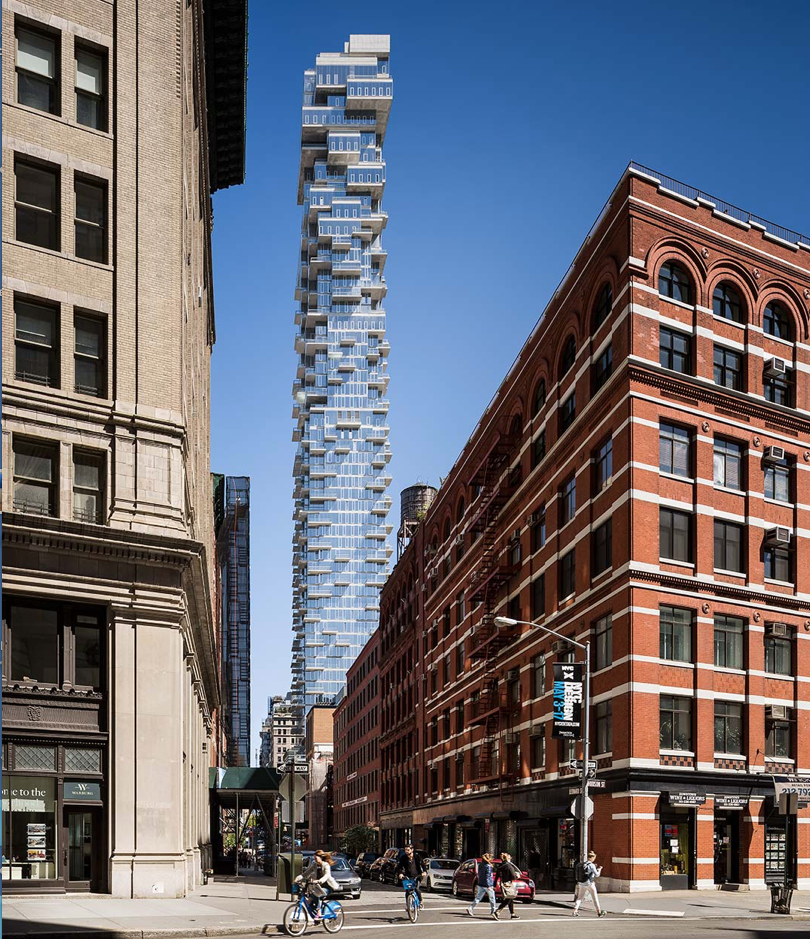
So don’t leave all the architecture gazing to tourists, look up sometimes and be sure to let us know what interesting detail you’re seeing. Drop us an email with an idea for future Bricktionary posts.
You Might Also Like



















